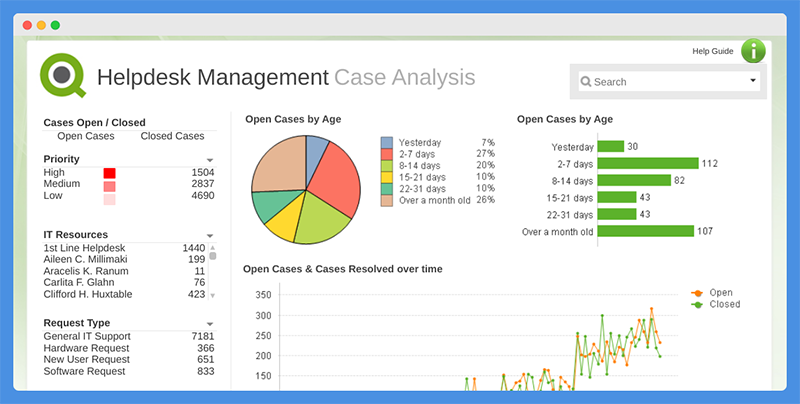Personal Career & Learning Guide for Data Analyst, Data Engineer and Data Scientist
As a data analyst, you need to be able to quickly and easily access and analyze large amounts of data. This can be a challenge, which is why it’s important to have the right tools and technologies at your disposal. One such tool is QlikView, a popular data visualization and business intelligence platform. In this article, we’ll take a closer look at one of the key features of QlikView – data files in the format of QVD (QlikView Data files).
What are QlikView Data Files (QVDs)?
QlikView Data Files (QVDs) are a proprietary file format used by QlikView to store data. They are optimized for use in QlikView and are designed to help make data analysis faster and more efficient. QVD files are used to store data in a structured format, making it easy for data analysts to access and use the data for analysis purposes.
Why use QVD files in QlikView?
There are several reasons why data analysts use QVD files in QlikView:
- Improved Performance: QVD files are optimized for use in QlikView, which means that data analysis is faster and more efficient when using these files.
- Reduced Data Duplication: QVD files help to reduce data duplication by storing data in a structured format. This helps to keep the data organized and prevents duplicates from affecting the analysis results.
- Increased Data Compression: QVD files are highly compressed, which means that they take up less space on your hard drive. This can be especially important when working with large amounts of data.
- Improved Data Management: QVD files make it easier to manage data, as they can be easily loaded and reloaded into QlikView. This allows data analysts to quickly access and analyze the data they need, without having to go through a complicated data load process.
How to use QVD files in QlikView?
To use QVD files in QlikView, you first need to create a QVD file from your data source. This can be done using the Data Load Editor in QlikView, which is a graphical user interface that allows you to specify the data source, select the data that you want to load, and specify how the data should be loaded.
Once you have created a QVD file, it can be loaded into QlikView for analysis. The process for loading a QVD file is similar to the process for loading other data sources into QlikView. You will need to specify the location of the QVD file and any other options, such as the data compression level and the encoding of the data.
Once the QVD file has been loaded into QlikView, you can use it just like any other data in the document. You can use the data to create visualizations, perform data analysis, and more.
Conclusion
In conclusion, QlikView Data Files (QVDs) are an important feature for data analysts who work with large amounts of data. They help to make data analysis faster and more efficient, reduce data duplication, increase data compression, and improve data management. If you’re a data analyst looking to get the most out of QlikView, it’s well worth taking the time to learn how to use QVD files.
QlikView for Data Analyst – QlikView – Data files (QVD)
 Loading...
Loading...
Latest end-to-end Learn by Coding Projects (Jupyter Notebooks) in Python and R:
All Notebooks in One Bundle: Data Science Recipes and Examples in Python & R.
End-to-End Python Machine Learning Recipes & Examples.
End-to-End R Machine Learning Recipes & Examples.
Applied Statistics with R for Beginners and Business Professionals
Data Science and Machine Learning Projects in Python: Tabular Data Analytics
Data Science and Machine Learning Projects in R: Tabular Data Analytics
Python Machine Learning & Data Science Recipes: Learn by Coding
R Machine Learning & Data Science Recipes: Learn by Coding
Comparing Different Machine Learning Algorithms in Python for Classification (FREE)
There are 2000+ End-to-End Python & R Notebooks are available to build Professional Portfolio as a Data Scientist and/or Machine Learning Specialist. All Notebooks are only $29.95. We would like to request you to have a look at the website for FREE the end-to-end notebooks, and then decide whether you would like to purchase or not.
